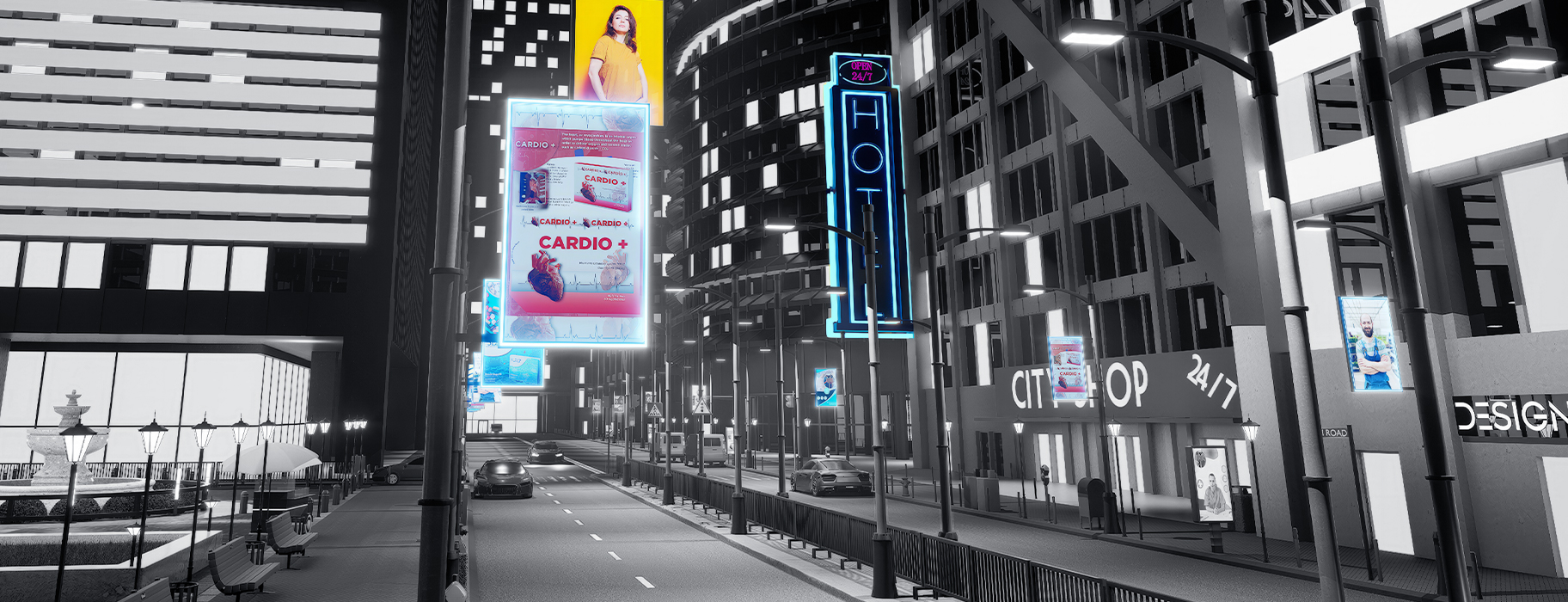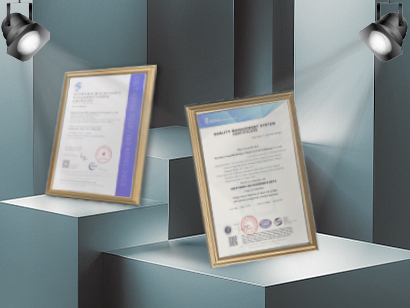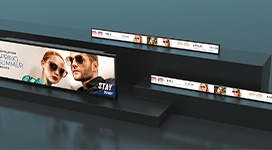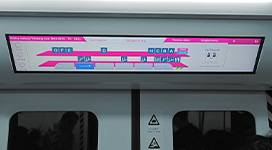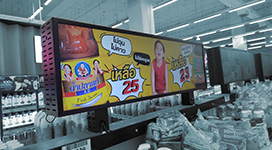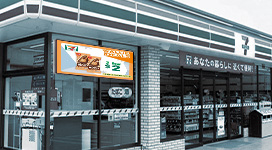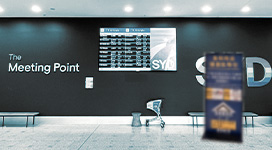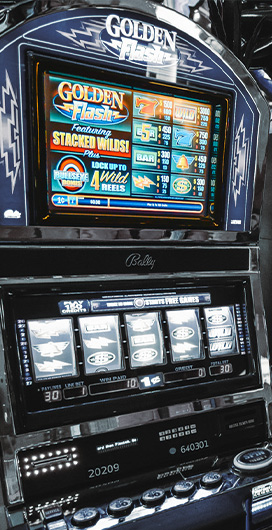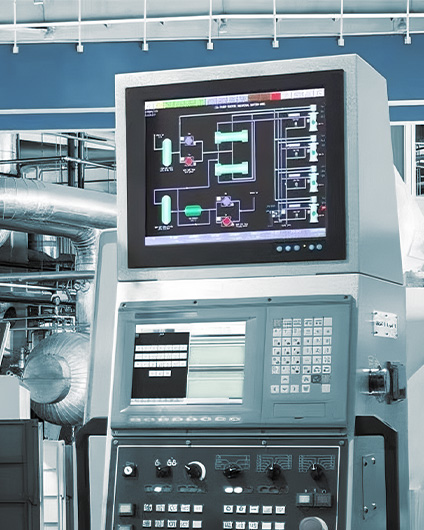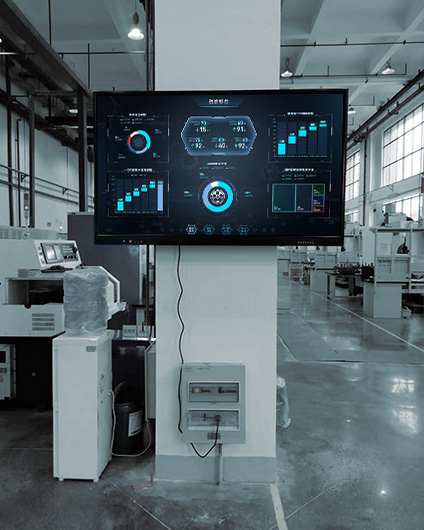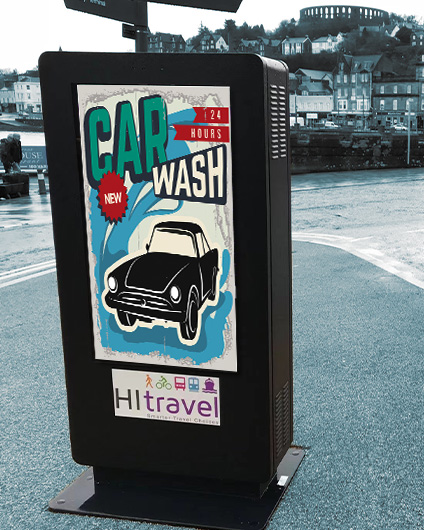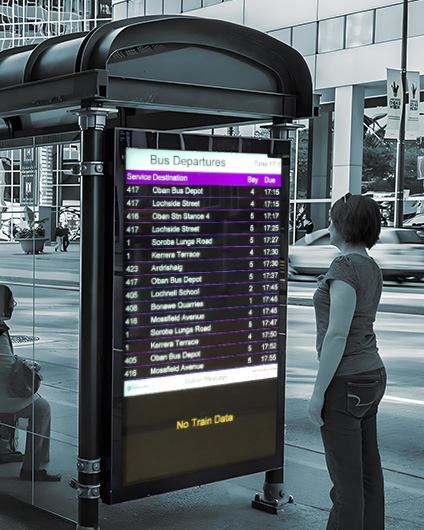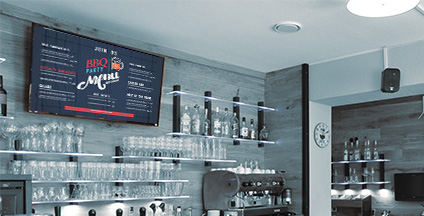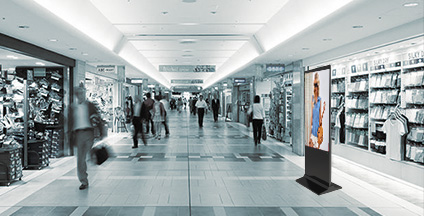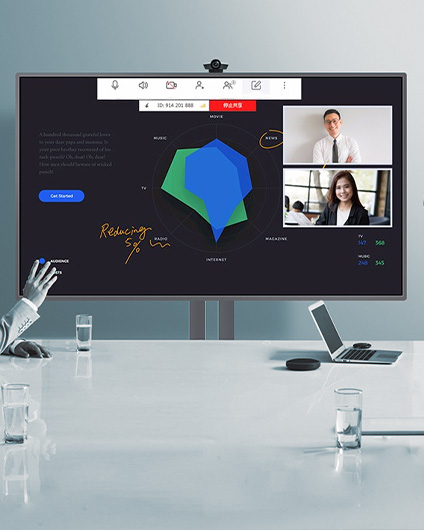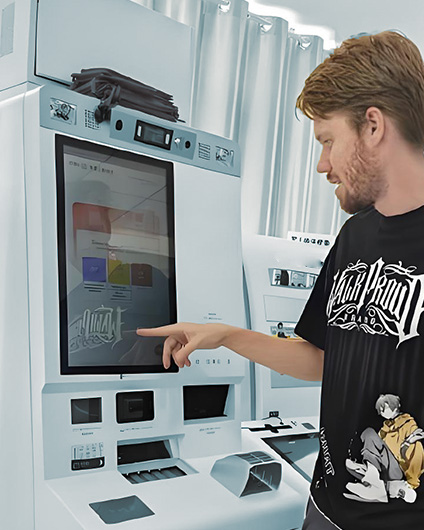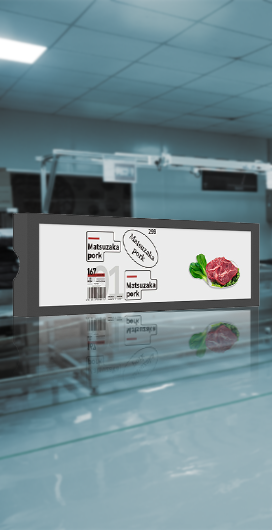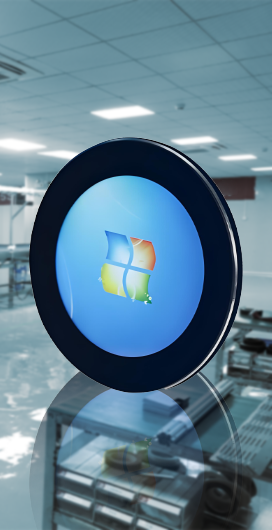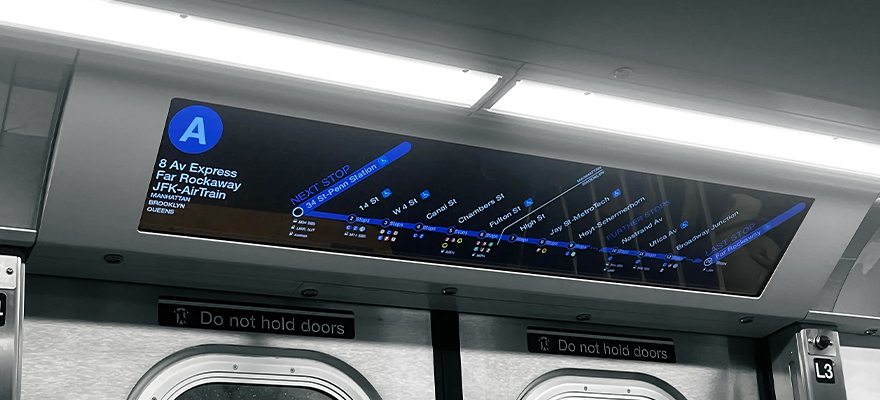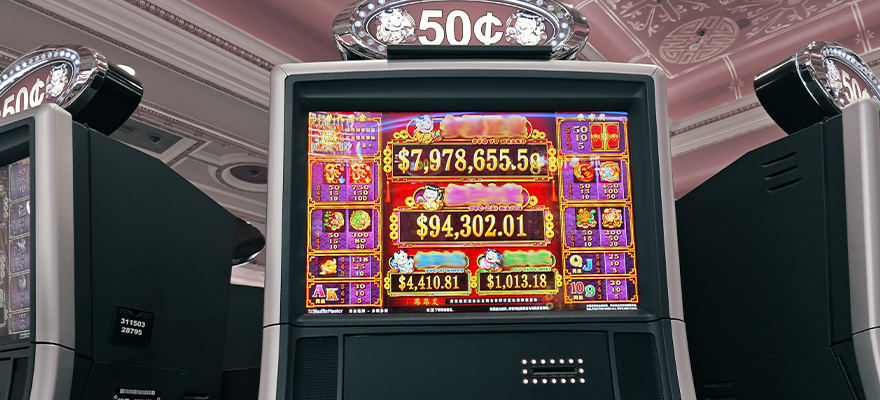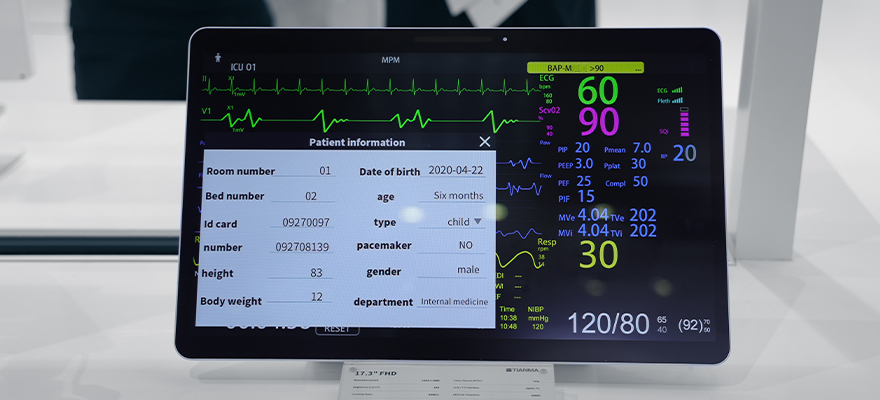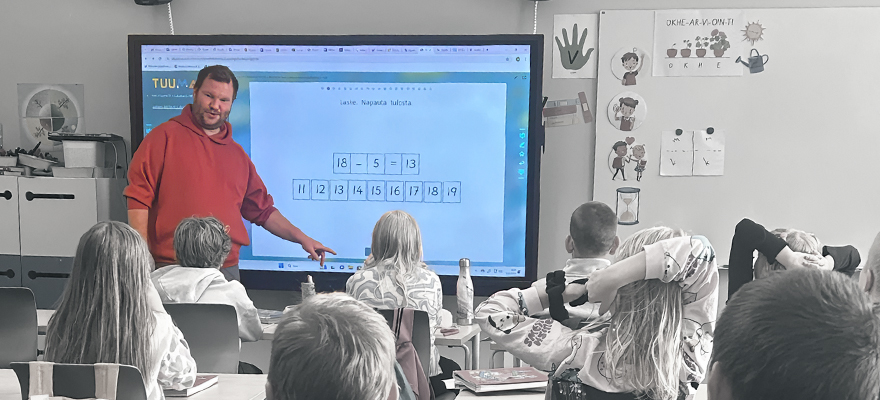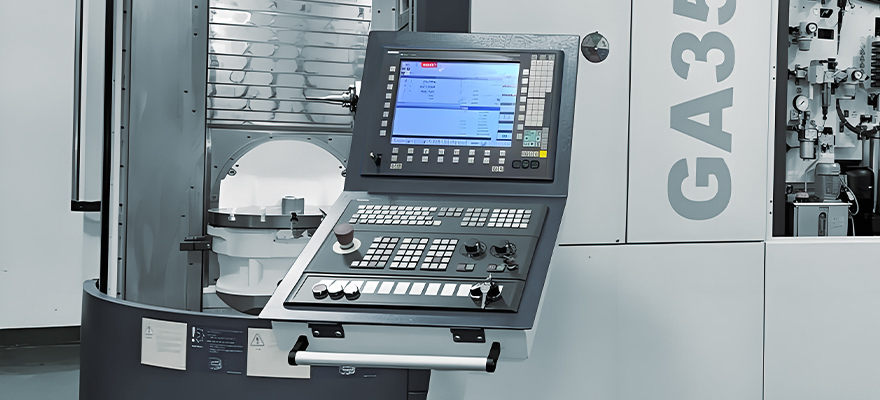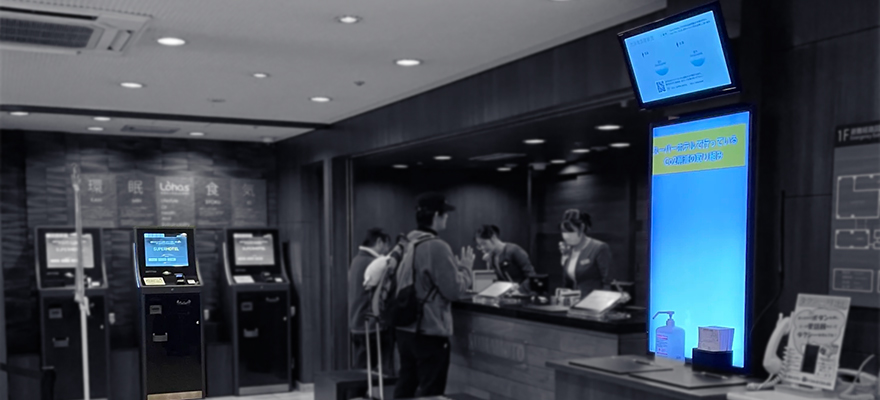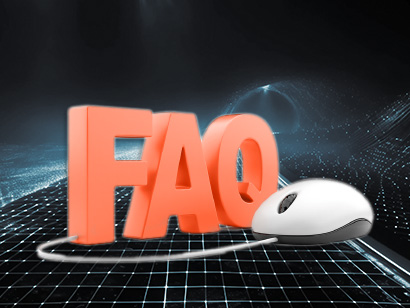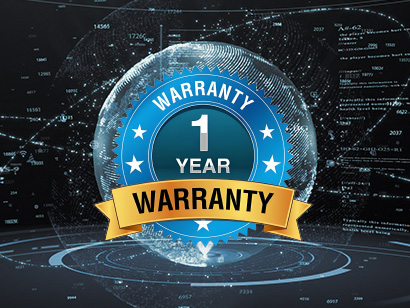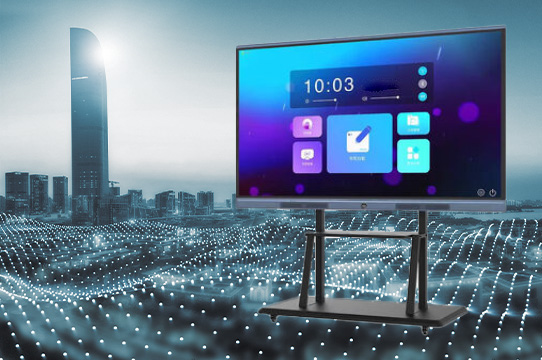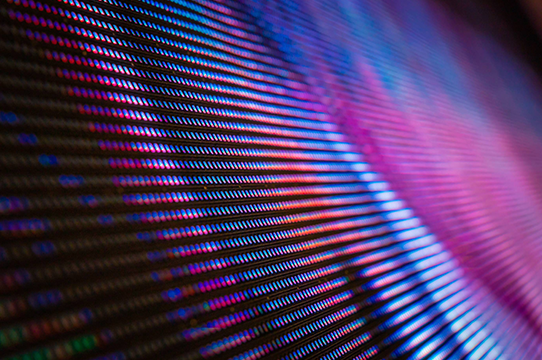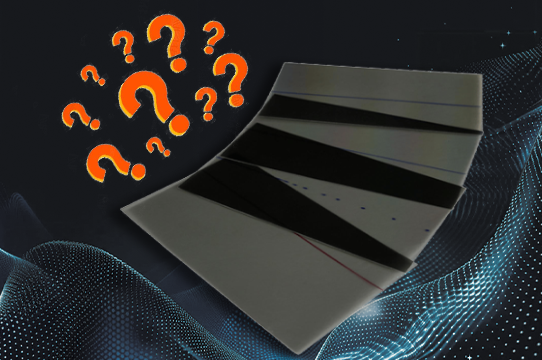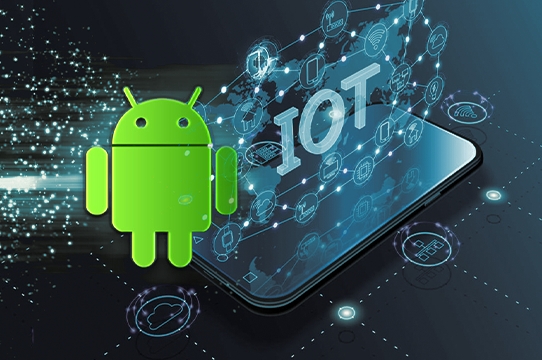In an era focused on efficiency and results, collaboration and communication are key to improving organizational effectiveness. Interactive smart whiteboards integrate handwriting, multimedia, and remote interaction.
Supporting real-time annotation, simultaneous multi-person editing, and compatibility with mainstream teaching and conferencing software, they streamline decision-making and teaching processes in meetings, improving participation efficiency and knowledge retention. Easy deployment and intuitive operation facilitate cross-departmental and cross-school collaboration.
Smart whiteboards integrate high-definition display, handwriting, wireless projection, and video conferencing. Through touch control, users can write, annotate, and collaborate with multiple people in real time directly on the screen, enabling efficient interaction between people and devices, and between people and content. Suitable for a variety of scenarios, including conference rooms and classrooms, they meet the diverse needs of modern office and teaching.
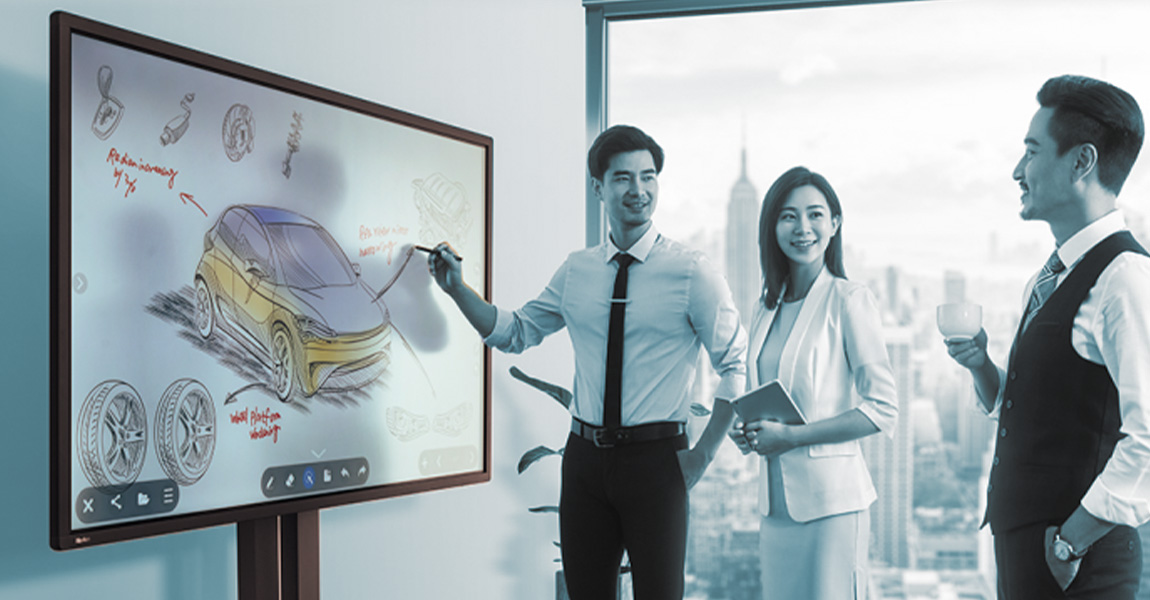
Core Advantages of Interactive Smartboards
All-in-one interactive boards integrate high-definition display, touch writing, wireless projection, and video conferencing capabilities onto a single screen. They offer stable images, smooth writing, and facilitate on-site note-taking and presentations. They can serve as digital whiteboards to replace traditional blackboards and are often used in place of projectors, particularly in classrooms and small to medium-sized meeting rooms, offering greater convenience and clarity.
In hybrid meeting scenarios, the screen can present remote participants at life-size, supporting audio and video interaction and playback, ensuring synchronized communication between on-site and remote participants. Here are some of its advantages:
√ Easy Video Conferencing And Remote Collaboration
√ High-definition Display Ensures Detailed Viewing
√ Convenient And Smooth Touch Writing
√ Easy And Efficient Wireless Projection
Education
In the education sector, digital whiteboards have brought a whole new way of presenting content to the classroom, broadening teaching methods and making the learning process more intuitive and interactive.
It can accommodate the learning habits and needs of diverse students, stimulate learning interest, increase classroom engagement, and help students better understand and master knowledge.
It also provides teachers with more room for creativity, allowing for more diverse teaching content and methods, thereby improving overall classroom effectiveness and quality. The following are specific applications of smart whiteboards in education:
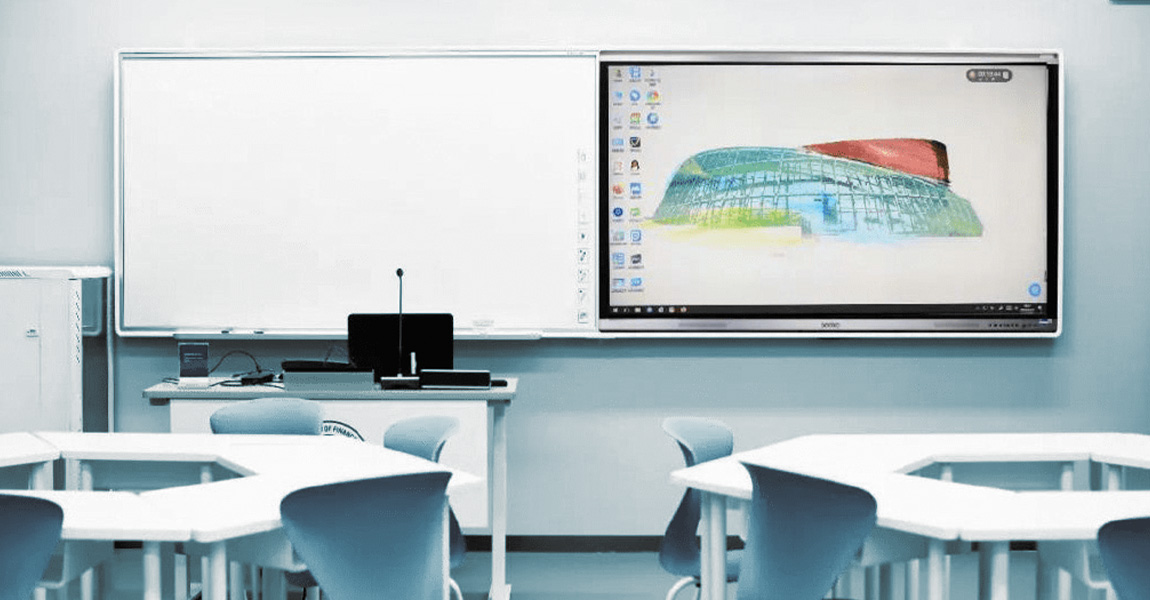
√ Teachers can use it to display multimedia teaching materials.
√ Students Can Engage In Interactive Learning.
√ Each Group Can Write Independent Reports.
√ Remote Learning Connects To Remote Classrooms.
√ Instant Feedback On Classroom Quizzes.
√ Record Teaching Content After Class.
Enterprise
In corporate work environments, the all-in-one interactive display whiteboard is an incredibly useful tool. It significantly improves meeting efficiency and shortens decision-making time.
It also facilitates smoother and more cohesive cross-departmental and cross-regional teamwork. Using it for brainstorming across departments facilitates the generation of new ideas and smooths project progress.
It can help companies become more competitive in the digital age, giving everyone an edge in the fiercely competitive market. Here are some of its applications in the enterprise:

√ Meeting Presentations And Reports
√ Team Brainstorming Sessions To Capture Creative Ideas
√ Remote Meeting Communication And Collaboration
√ Team Collaborative Sketching
√ Project Progress Tracking And Presentation
√ Training Materials Presentation And Live Interactive Q&A
What Are The Key Differences Between Interactive Smartboards On The Market?
Display Quality and Technology
The display is the core of the device, and its performance is crucial when choosing an interactive whiteboard. The following hardware-related factors determine the quality of touchscreen displays on the market:
√ Resolution Determines Image Clarity And Detail.
√ Contrast Affects Image Depth And Color Saturation.
√ Brightness Ensures Visibility In Varying Lighting Conditions.
√ Color Accuracy Ensures The Fidelity Of Displayed Content.
√ Refresh Rate Affects The Smoothness Of Dynamic Images.
√ Anti-glare Technology Reduces Distracting Light.
Touch Technology
Touch technology is the core of human-computer interaction for smart whiteboards. Common touch technologies on the market each have their own unique characteristics, primarily in how they recognize touch gestures and how quickly and accurately they process input.
Touch quality is typically measured by the number of touch points the display can detect simultaneously. Some technologies can identify when a palm is touching the display, which is helpful when writing with a pen, as this prevents the palm from interfering with the written content.
Sometimes, content can even be erased directly with the palm of the hand, a clever design feature. Currently, the following touchscreen technologies are used in interactive displays:
√ Resistive Touch
√ Infrared Touch
√ Optical Imaging Touch
√ Projected Capacitive Touch
Connectivity Options
The interactive smart whiteboard offers a variety of connection options, providing users with convenience and flexibility. Wired connections like HDMI, USB, and VGA reliably transmit signals from computers, media players, and other devices.
Wireless connectivity is even more convenient. Using Wi-Fi and Bluetooth, it easily pairs with other smart devices, enabling wireless screen projection, file transfer, and other functions, making device connectivity a breeze in a variety of scenarios.
Software Integration
Software integration is also crucial, impacting the functionality and ease of use of interactive smart whiteboards. Some devices come with a comprehensive suite of office and teaching software, such as image and document editing software, ready to use right out of the box.
For industries with specialized needs, many devices also support the installation of third-party applications, such as educational apps and professional design software, to further enrich functionality. A well-developed software ecosystem allows the device to better integrate into users' work and teaching processes, enhancing the overall user experience.
How To Choose The Right Interactive Smartboard
Use Scenario
Identifying the intended use case is the first step in selecting a digital whiteboard. Different scenarios require different features and performance. For example, large corporate conference rooms require a large size, high brightness, and support for multi-party video conferencing. Small classrooms, on the other hand, prioritize smooth writing and compatibility with teaching software. Ensure the device meets your specific application needs.
Consider The Performance Configuration
Performance configuration affects the smoothness and stability of device operation. Processor performance determines multitasking capabilities, memory size affects the number of programs running simultaneously, and storage capacity determines the amount of data that can be stored. Choose the appropriate configuration based on your needs to ensure efficient device operation.
Compatibility Considerations
Compatibility ensures the device works seamlessly with existing devices and software. Compatibility with commonly used office software, teaching platforms, and video conferencing software should be confirmed. Also, consider ease of connection with other brands of computers, projectors, and other devices to avoid integration issues.
Balancing The Budget
With a limited budget, it's important to carefully balance performance indicators and features. Prioritize core features like display quality and touch performance, then expand functionality based on the remaining budget to achieve the best value for money, meeting basic needs while also considering future development.
Installation and Usage Guide
Installation Method Selection
Choose a mounting method based on your needs and site conditions. Wall-mounted installation is suitable for fixed locations, saving space and providing stability. Mobile stand installation offers flexibility and adaptability to different layouts. During installation, pay attention to the distance between the device and the wall, viewing angle, and the location of the power and network ports to ensure convenient and comfortable use.
Basic Operation Instructions
After powering on the device, follow the prompts to connect to the network. Access different functional modules through the touch interface. For example, you can write, draw, and erase directly on the whiteboard writing page.
Activate the wireless screen projection function and follow the device prompts to connect to other devices. Enter the video conferencing module and enter the meeting code or initiate a meeting invitation to start remote communication. Operation is intuitive and simple, and it takes only a short time to master it.
Conclusion
With its rich functionality and powerful advantages, interactive smartboards demonstrate tremendous potential for application in education, enterprise, and other fields. They can effectively optimize teaching and meeting processes and enhance collaboration efficiency. Integrating multiple advanced technologies, they meet the needs of digital collaboration in diverse scenarios, making them a key device in modern office and teaching environments.
Looking to improve your meeting or teaching space? If you're interested in smart whiteboards, please feel free to contact us!


![]() Retail Digital Display Solution
Retail Digital Display Solution![]() Public Transportation Digital Signage Solution
Public Transportation Digital Signage Solution![]() Entertainment Digital Display Solution
Entertainment Digital Display Solution![]() Healthcare Digital Display Solutions
Healthcare Digital Display Solutions![]() Education Digital Signage Solutions
Education Digital Signage Solutions![]() Corporate Digital Display Solutions
Corporate Digital Display Solutions![]() Art Digital Display Solution
Art Digital Display Solution![]() Industrial Digital Display Solutions
Industrial Digital Display Solutions![]() Hotel Digital Signage Solutions
Hotel Digital Signage Solutions![]() Outdoor Digital Signage Solutions
Outdoor Digital Signage Solutions